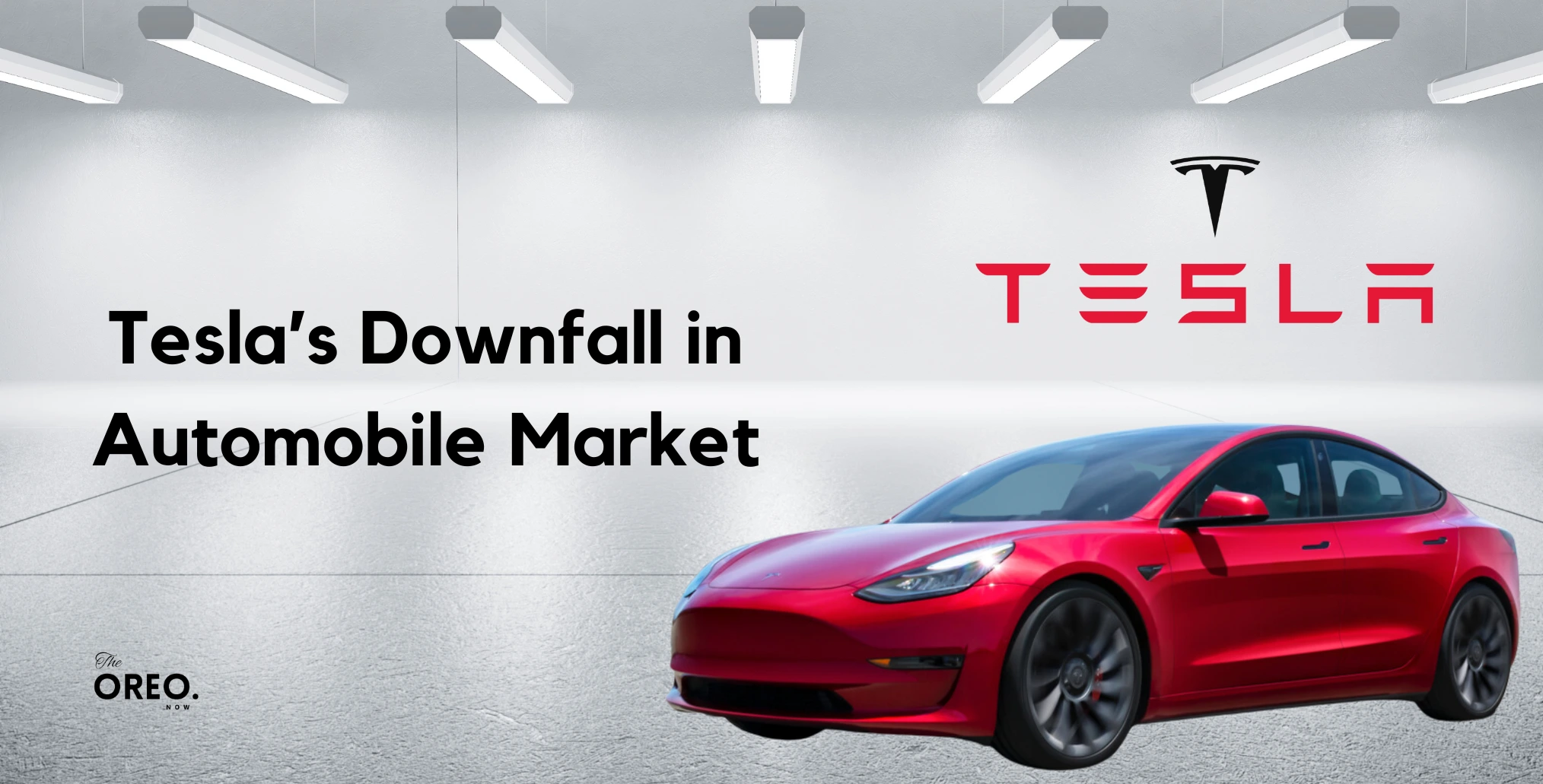Intel CEO Retires – Pat Gelsinger Resigns with No New CEO

Intel Corporation, a tech giant that has shaped the course of the digital age, announced the resignation of its CEO, Pat Gelsinger, on December 1, 2024. He was replaced on an interim basis by CFO David Zinsner and Chief Product Officer Michelle Johnston Holthaus. The company is currently searching for a permanent replacement.
This unexpected departure has sent shockwaves through the tech industry and left many wondering about the future of the company. Gelsinger’s resignation came after a challenging period for Intel, marked by declining market share and increasing competition from rivals like Nvidia and TSMC. His departure reflects the urgency for Intel to turn around its business and regain its position as a leader in the semiconductor industry.
Pat Gelsinger’s Vision for Intel
Pat Gelsinger was an industry veteran, took the reins of Intel in February 2021. He brought with him a wealth of experience and a bold vision to revitalize the company. His ambitious plans included a significant investment in domestic chip manufacturing, a move aimed at reducing reliance on foreign suppliers and strengthening America’s technological dominance.
Gelsinger’s appointment was met with optimism and excitement. Many hoped that his leadership would steer Intel back to its former glory, a time when it was the undisputed leader in the semiconductor industry. However, the challenges faced by the company proved to be more daunting than anticipated.
Pat Gelsinger’s Tenure in Intel
During Gelsinger’s tenure, Intel grappled with several headwinds. Rising geopolitical tensions, supply chain disruptions, and intense competition from rivals like Nvidia and TSMC put significant pressure on the company. Additionally, Intel faced setbacks in its manufacturing process, leading to delays in product launches and a loss of market share.
Despite these challenges, Gelsinger remained committed to his vision. He pushed for significant investments in research and development, aiming to drive innovation and regain Intel’s technological edge. However, the slow pace of progress and the increasing pressure from shareholders may have contributed to his decision to step down.
How will this impact the company?
Gelsinger’s resignation has left a void at the top of Intel. The company is now led by an interim management team, consisting of CFO David Zinsner and Chief Product Officer Michelle Johnston Holthaus. While this arrangement provides stability in the short term, the long-term implications of Gelsinger’s departure remain uncertain.
The sudden leadership change has raised concerns among investors, employees, and industry analysts. Many are worried about the impact on Intel’s strategic direction, product roadmap, and financial performance. The company’s ability to attract top talent and maintain its position as a technology leader may also be affected.
Who will be the new CEO of Intel?
Intel’s board of directors has initiated a search for a new CEO to guide the company through this critical period. The ideal candidate will need to possess a deep understanding of the semiconductor industry, strong leadership skills, and a vision for the future.
While the specific candidates for the CEO position remain undisclosed, industry experts and analysts have speculated on potential names. Some of the names that have surfaced include seasoned executives from within Intel as well as external candidates with a strong track record in the semiconductor industry.
Since, there are no specific names publicly announced as candidates for the permanent CEO position at Intel. However, two key figures have been appointed as interim co-CEOs during the search process:
- David Zinsner: As the Chief Financial Officer, Zinsner brings a strong financial background and a deep understanding of Intel’s operations.
- Michelle Johnston Holthaus: Recently appointed as the CEO of Intel Products, Holthaus leads the company’s core businesses, including Client Computing Group (CCG), Data Center and AI Group (DCAI), and Network and Edge Group (NEX).
As Intel embarks on this new chapter, it is crucial to find a leader who can inspire confidence, drive innovation, and restore the company’s reputation. The future of Intel, and by extension, the future of the semiconductor industry, hangs in the balance.
Also Read: Why Apple didn’t reveal this Hidden Truth in Latest MacBook M4 Pro?
Also Read: Jensen Huang on Solving AI Hallucination Problems – Says it’s Several Years Away
Related Posts

Tesla’s Downfall in Automobile Market

Apple to Launch Low-Cost MacBook to Take on Chromebooks

